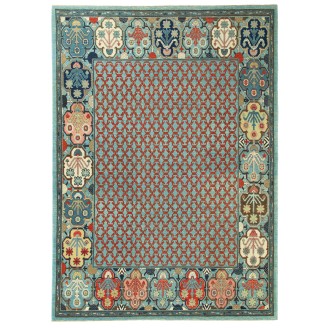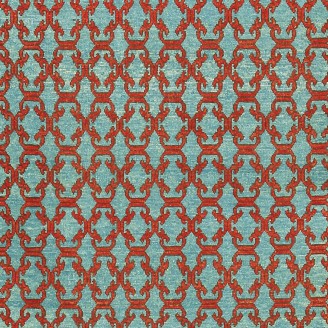Yarkand Cloud-Lattice Carpet
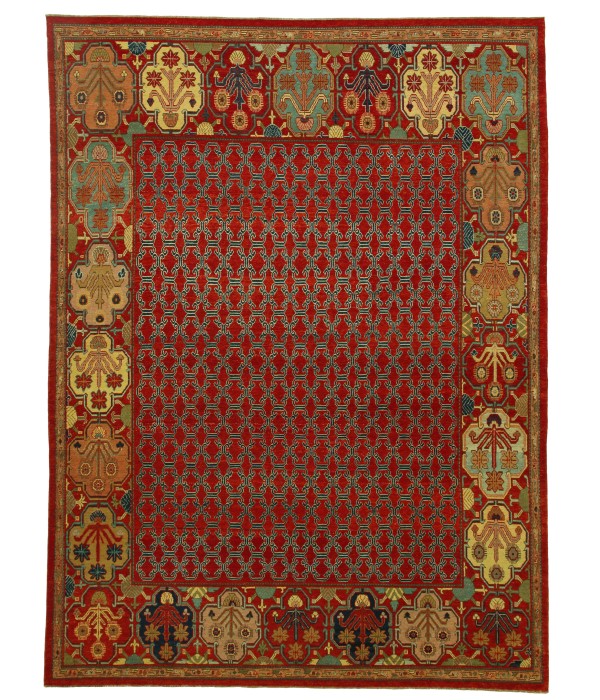
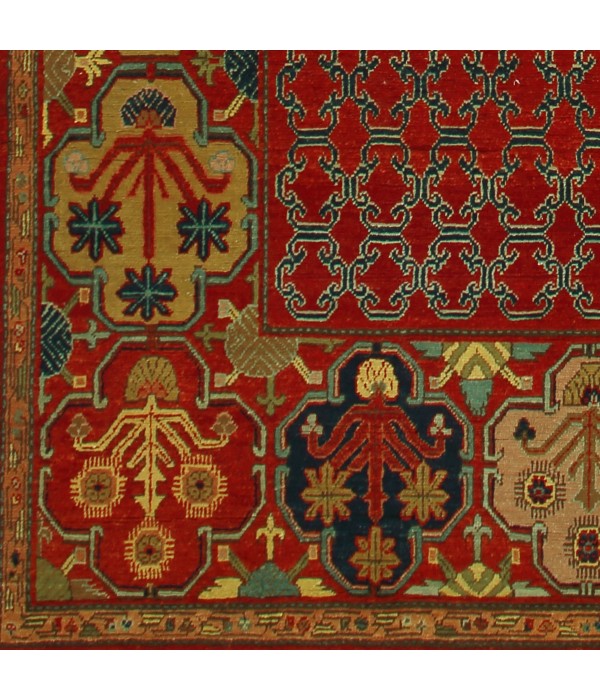
Out Of Stock
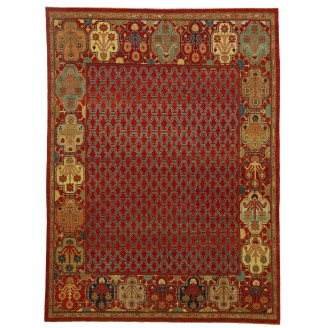
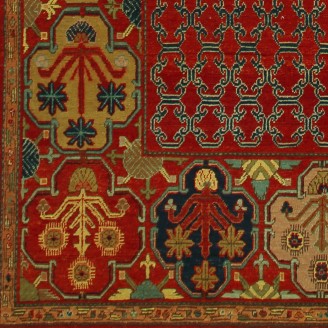
Model: ARTW0011Yarkand Cloud-Lattice Carpet
Group: Turkestan Rugs Family
Material of Pile: Natural Dyed Hand-spun Wool
Material Warp / Weft: Cotton on Wool
Structure: Symmetrical knot on depressed warp inclining to the right
Knots Density: 32x26
Pile (mm): 4
Production Place: Southeastern Anatolia – Diyarbakir
Location: Large
Stock: Out Of Stock
Dimensions:
The source of carpet comes from the book Great Carpets of the World, Susan Day, Thames and Hudson, 1996, fig.355. This is a rare carpet with a cloud-lattice pattern and flower border design carpet from the late 18th century Yarkand region, east Turkestan, Central Asia area. The cerise ground of this rare piece signifies joy, while the clouds making up the lattice symbolize not only a long life but also happiness and peace. 'Central Asia' is the name given to that vast territory, extending from the Caspian Sea to Chinese Turkestan, the Aral Sea, and the northern part of Afghanistan, across which for centuries the old trader caravans meandered back and forth along the Silk Route. Conquered by Russia in the 19th century, this much-contested region found itself renamed 'Russian Turkestan' and divided into five republics: Uzbekistan, Kirgizstan, Kazakhstan, Turkmenistan, and Tajikistan. In these lands, with their arid steppes, deserts, and mountainous massifs, live nomadic and semi-nomadic tribal peoples, loyal to their ancestral traditions, who weave on horizontal looms and produce relatively simple rugs designed to cover the floors of their yurts. The design of this carpet is interpreted with flower borders and vivid colors are chosen by our designers for this carpet.
Dimensions:
7 ft 11 in x 10 ft 7 in ( 242cm x 323cm )
Price:
$0
Ex Tax: $0

